How To Improve The Indoor Air Quality In Your Home: Easy Methods To Try Today
Americans spend up to 90% of their time indoors, especially during cold winter months. While it may feel warm and cozy, there are negative consequences on your health. With today’s modern construction and insulation, indoor air is often more polluted than the air outside!
When windows and doors are always closed, respiratory and allergy problems tend to increase. Commercial spaces like shopping malls and office buildings are culprits for poor indoor air too. They generally lack fresh air flow at all times.
Read on to learn about the primary sources of indoor air contamination and how to improve indoor air quality in your home.
What is Sick Building Syndrome?
Sick Building Syndrome is a result of poor indoor air quality. It causes building occupants to experience acute health effects and discomfort. They arise from frequent and regular intervals of time spent inside a building, but no specific illness or cause can be identified.
The most common symptoms include cough, chest tightness, nausea, fever, chills, dizziness, and muscle aches. Studies also show that prolonged exposure to Volatile Organic Compounds (VOCs) in the indoor environment increases the risk of cancer.
How to Improve Indoor Air Quality?
Some of the main contributors to poor indoor air quality are asbestos, carbon monoxide emissions, VOCs, mold, inadequate ventilation, and tobacco smoke.
Try these methods to improve the indoor air quality of your space.
1. Keep Your Home Clean
Mop frequently to capture dust and allergens left behind by the vacuum. Ask guests (and family members) to remove their shoes before coming inside. Don’t forget about Fido either – pet dander is a big contributor to indoor air pollution so keep them brushed and bathed.
2. Increase Ventilation
Opening windows works wonders. Even when it’s cold, try to air out your home daily and turn on attic fans. A filtrated air-conditioning system also works for those with severe allergies.
3. Eliminate Mold
Lower humidity levels to prevent mold from forming in the first place. If exhaust fans aren’t enough, buy a dehumidifier or two to place in areas most susceptible to moisture. If a serious mold problem has taken hold in your home, it is vital to contact a professional.
4. Plants
Not only great for aesthetic appeal, there are plants that improve indoor air quality by minimizing the effects of pollutants.
Plants like peace lilies, ferns, aloe, English ivy, Chinese evergreen, and rubber plants detoxify and purify air naturally.
5. Get a New Paint Job
Traditional paints and protective coatings contain high levels of VOCs. These chemicals have a high vapor pressure at ordinary, room-temperature conditions. The result is something referred to as off-gassing.
Fortunately, there are now low-VOC and zero-VOC paints available. Try one out and give your home a facelift at the same time!
6. Consult an HVAC Specialist
Heating and Air-Conditioning professionals can clean your air ducts and equip your home or office with the latest air filtration technology. They remove contaminants such as pollen, mold, and pet dander.
HVAC specialists can also install ultraviolet lights to stop the growth of mold and bacteria throughout your ductwork.
There’s No Place Like (a Healthy) Home
Now you are armed with the knowledge of what is contaminating the air in your home, and how to improve indoor air quality. These methods will have you on your way to breathing easier and staying healthier.
Contact our team at Perfect Climate Heating and Air for a free in-home consultation with an indoor air quality specialist!


